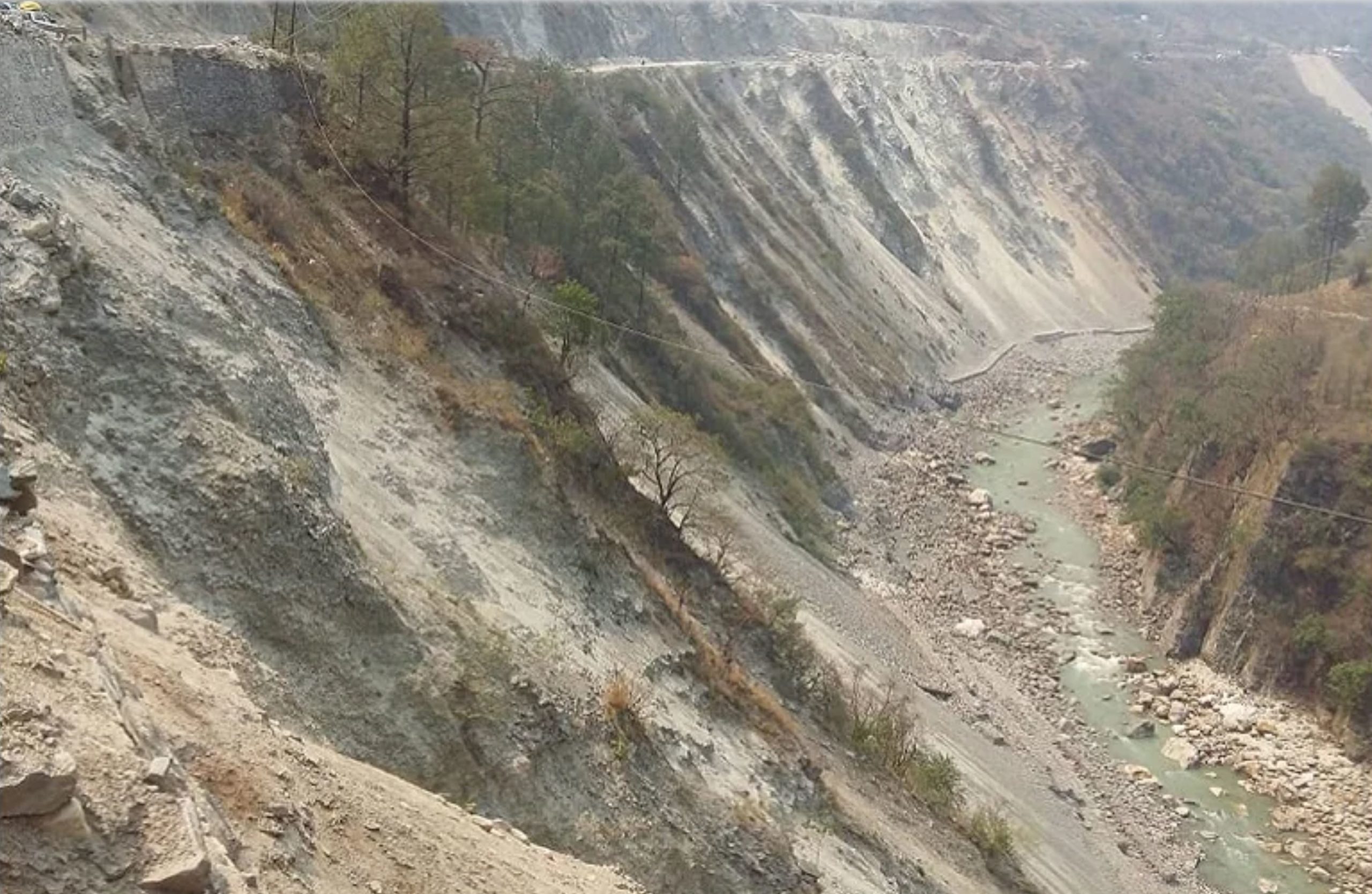4 March 2021
The Char Dham Project: landslides associated with road widening in northern India
Posted by Dave Petley
The Char Dham Project: landslides associated with road widening in northern India
The dreadful landslide disaster last month in northern India has served to highlight, very clearly, the threat posed by poor awareness of slope issues in the Hindu Kush Himalayas. Regular readers will be bored of my repeatedly making the point that we are failing to adequately consider, or manage, these threats across a range of human activities as development continues apace.
In Uttarakhand there is another very major infrastructure project, alongside the hydroelectric schemes that we so badly damaged on 7 February, that is also leading to substantial levels of loss. This is the Char Dham project, a road widening scheme of sufficient magnitude that it has its own Wikipedia entry:
Char Dham National Highway (Hindi: चार धाम महामार्ग), is an under construction two-lane (in each direction) express National Highway with a minimum width of 10 metres in the Indian state of Uttarakhand. The under construction highway will complement the under-construction Char Dham Railway by connecting the four holy places in Uttarakhand states namely Badrinath, Kedarnath, Gangotri and Yamunotri. The project includes 900 km national highways which will connect whole of Uttarakhand state.
I am not against the development of infrastructure in high mountain areas, indeed quite the opposite, but these zones are fragile. These roads have the potential to be a vital lifeline, but they also have the potential to create untold havoc. Unfortunately, there are growing concerns about the latter, caused by poor alignment selection, engineering design and construction practise. In particular, there is clear evidence that the road widening is causing slope instability on a grand scale. Reports suggest that data from the Ministry of Road Transport and Highways has indicated that there are at least 161 major slope failures along the alignment, with more expected due to poor construction practises and the removal of trees. Bizarrely, a committee of the Supreme Court in India that has been investigating the project appears to be split, releasing two reports, one of which favours continuing with a 10 m wide road bench, the other indicating that it should be narrowed to 7 m.
There is an interesting article on the environmental costs of the Char Dham project on the First Post website, which includes this horrifying picture:

Landslides on the Char Dham highway. Image taken on NH94 by Mallika Bhanot, posted online by First Post.
.
SANDRP also has a good article about this project.
Whilst the Char Dham project is undoubtedly important both strategically and in development terms, it is undeniable that the practises shown above are deeply problematic. Their legacy is likely to last for a long time.


 Dave Petley is the Vice-Chancellor of the University of Hull in the United Kingdom. His blog provides commentary and analysis of landslide events occurring worldwide, including the landslides themselves, latest research, and conferences and meetings.
Dave Petley is the Vice-Chancellor of the University of Hull in the United Kingdom. His blog provides commentary and analysis of landslide events occurring worldwide, including the landslides themselves, latest research, and conferences and meetings.
Looks like an historical photo of old 50’s – 60’s vintage logging roads here in Northern California. It was a free-for-all after WWII, with a boom in construction accompanied by new, powerful tracked bulldozers, a direct spin-off from the War. Fill compaction was minimal, and everything else went over the side into the channels. Fisheries and wildlife were devastated. Many fisheries continue to be threatened to this day.
I work in Northern California and agree with James. The impacts from free-for-all logging and road construction are still visible and still in effect. Even after 20+ years of working to remediate these legacy roads there is more than enough left to do. It is disappointing that the lessons we learned here haven’t been taken into consideration elsewhere and that poor construction practices continue to this day. Better to put in the extra resources to build it correctly and avoid the even higher costs of having to deal with the problems that will inevitably arise from poor design and construction.
Now read about the horror that’s “Joshimath”. A beautiful trekking base camp I remember from the 90s.